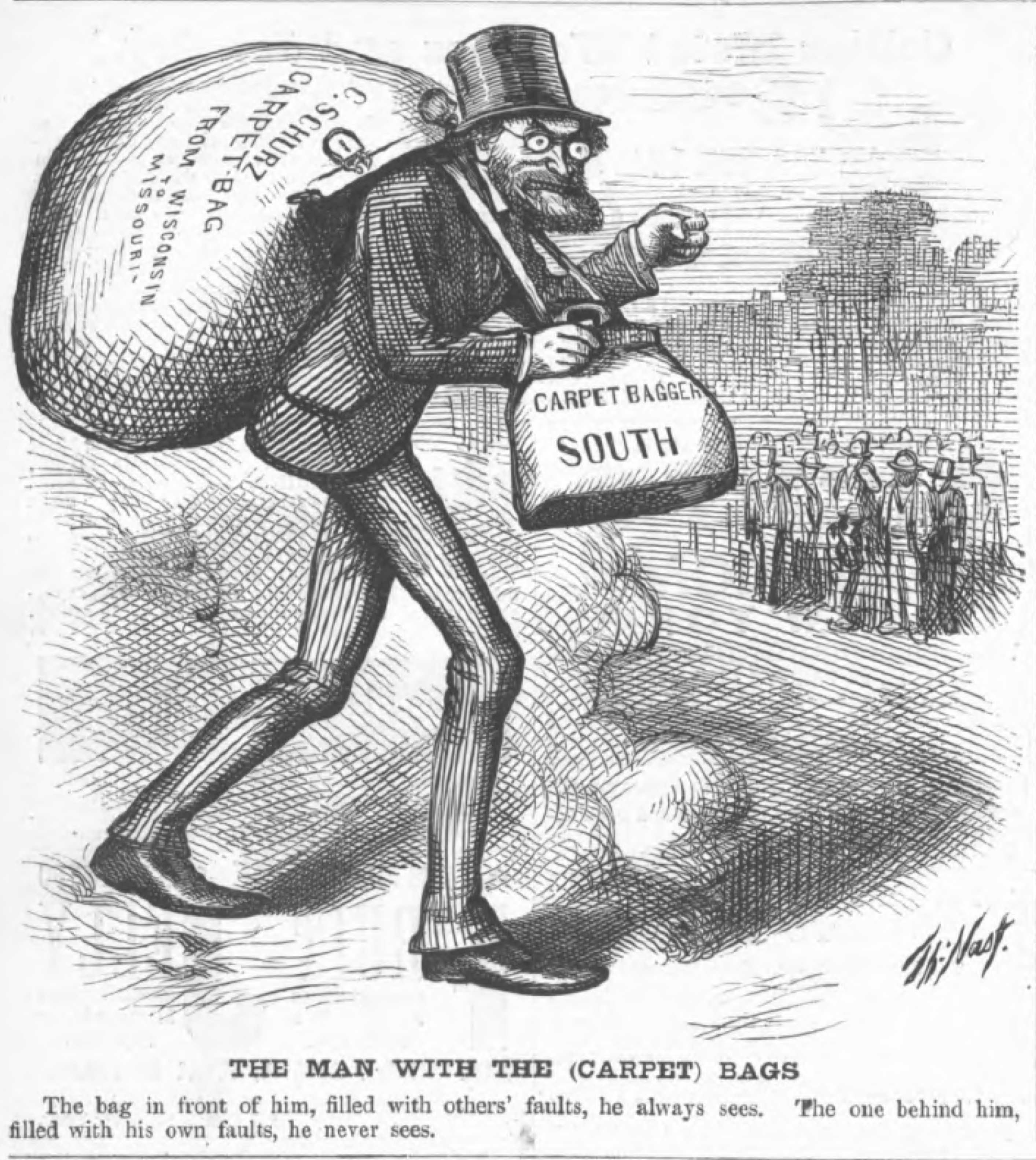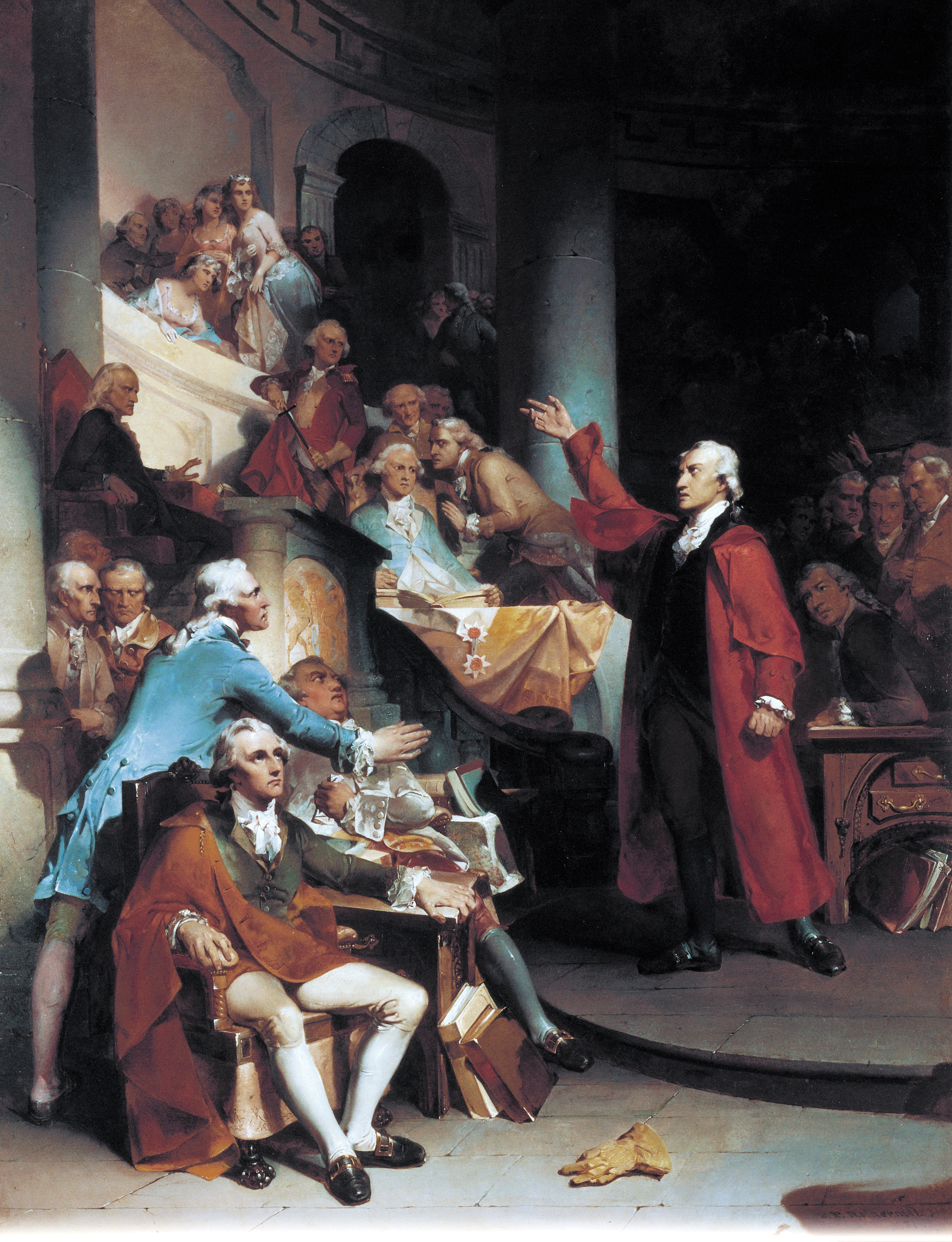|
Albion W. Tourgée
Albion Winegar Tourgée (May 2, 1838 – May 21, 1905) was an American soldier, lawyer, writer, politician, and diplomat. Wounded in the Civil War, he relocated to North Carolina afterward, where he became involved in Reconstruction activities. He served in the constitutional convention and later in the state legislature. A pioneer civil rights activist, he founded the National Citizens' Rights Association, and founded Bennett College as a normal school for freedmen in North Carolina (it has been a women's college since 1926). Known as an ally of African Americans, later in his career, Tourgée was asked to aid a committee in New Orleans to challenge segregation on railways in Louisiana, and he litigated what is known as the landmark ''Plessy v. Ferguson'' (1896). They were dismayed by the United States Supreme Court ruling that "separate but equal" public facilities were constitutional; this enabled segregation for decades. Historian Mark Elliott credits Tourgée with introd ... [...More Info...] [...Related Items...] OR: [Wikipedia] [Google] [Baidu] |
Williamsfield, Ohio
Williamsfield is an unincorporated community in central Williamsfield Township, Ashtabula County, Ohio, United States. It has a post office A post office is a public facility and a retailer that provides mail services, such as accepting letters and parcels, providing post office boxes, and selling postage stamps, packaging, and stationery. Post offices may offer additional serv ... with the ZIP code 44093. It lies at the intersection of U.S. Route 322 with State Route 7. In 2014, it was named the most stressed community in the United States. The community was named for General Joseph Williams, an original owner of the town site. References Unincorporated communities in Ohio Unincorporated communities in Ashtabula County, Ohio {{AshtabulaCountyOH-geo-stub ... [...More Info...] [...Related Items...] OR: [Wikipedia] [Google] [Baidu] |
First Battle Of Manassas
The First Battle of Bull Run (the name used by Union forces), also known as the Battle of First Manassas (the name used by Confederate forces), was the first major battle of the American Civil War. The battle was fought on July 21, 1861, in Prince William County, Virginia, just north of the city of Manassas, Virginia, Manassas and about thirty miles west-southwest of Washington, D.C. The Union Army, Union's forces were slow in positioning themselves, allowing Confederate States Army, Confederate reinforcements time to arrive by rail. Each side had about 18,000 poorly trained and poorly led troops. It was a Confederate victory, followed by a disorganized retreat of the Union forces. Just months after the start of the war at Battle of Fort Sumter, Fort Sumter, the Northern public clamored for a march against the Confederate capi ... [...More Info...] [...Related Items...] OR: [Wikipedia] [Google] [Baidu] |
Guilford County, North Carolina
Guilford County is a County (United States), county located in the U.S. state of North Carolina. As of the 2020 United States census, 2020 census, the population is 541,299, making it the List of counties in North Carolina, third-most populous county in North Carolina. The county county seat, seat, and largest municipality, is Greensboro, North Carolina, Greensboro. Since 1938, an additional county court has been located in High Point, North Carolina, High Point. The county was formed in 1771. Guilford County is included in the Greensboro-High Point, NC Metropolitan Statistical Area, which is also included in the Greensboro-Winston-Salem, North Carolina, Winston-Salem-High Point, NC Piedmont Triad, Combined Statistical Area. History At the time of European encounter, the inhabitants of the area that became Guilford County were a Siouan languages, Siouan-speaking people called the Cheraw. Beginning in the 1740s, settlers arrived in the region in search of fertile and affordable l ... [...More Info...] [...Related Items...] OR: [Wikipedia] [Google] [Baidu] |
Reconstruction Era Of The United States
The Reconstruction era was a period in American history following the American Civil War (1861–1865) and lasting until approximately the Compromise of 1877. During Reconstruction, attempts were made to rebuild the country after the bloody Civil War, bring the former Confederate states back into the United States, and to redress the political, social, and economic legacies of slavery. During the era, Congress abolished slavery, ended the remnants of Confederate secession in the South, and passed the 13th, 14th, and 15th Amendments to the Constitution (the Reconstruction Amendments) ostensibly guaranteeing the newly freed slaves (freedmen) the same civil rights as those of whites. Following a year of violent attacks against Blacks in the South, in 1866 Congress federalized the protection of civil rights, and placed formerly secessionist states under the control of the U.S. military, requiring ex-Confederate states to adopt guarantees for the civil rights of freed ... [...More Info...] [...Related Items...] OR: [Wikipedia] [Google] [Baidu] |
Carpetbagger
In the history of the United States, carpetbagger is a largely historical term used by Southerners to describe opportunistic Northerners who came to the Southern states after the American Civil War, who were perceived to be exploiting the local populace for their own financial, political, and/or social gain. The term broadly included both individuals who sought to promote Republican politics (including the right of African Americans to vote and hold office) and individuals who saw business and political opportunities because of the chaotic state of the local economies following the war. In practice, the term ''carpetbagger'' was often applied to any Northerners who were present in the South during the Reconstruction Era (1865–1877). The term is closely associated with " scalawag", a similarly pejorative word used to describe native white Southerners who supported the Republican Party-led Reconstruction. White Southerners commonly denounced "carpetbaggers" collectively dur ... [...More Info...] [...Related Items...] OR: [Wikipedia] [Google] [Baidu] |
Greensboro, North Carolina
Greensboro (; formerly Greensborough) is a city in and the county seat of Guilford County, North Carolina, United States. It is the List of municipalities in North Carolina, third-most populous city in North Carolina after Charlotte, North Carolina, Charlotte and Raleigh, North Carolina, Raleigh, the List of United States cities by population, 69th-most populous city in the United States, and the largest city in the Piedmont Triad metropolitan region. At the 2020 United States census, 2020 census, its population was 299,035. Three major interstate highways (Interstate 40 in North Carolina, Interstate 40, Interstate 85 in North Carolina, Interstate 85, and Interstate 73 in North Carolina, Interstate 73) in the Piedmont (United States), Piedmont region of central North Carolina were built to intersect at this city. In 1808, Greensborough (the spelling before 1895) was planned around a central courthouse square to succeed Guilford Court House as the county seat. The county courts ... [...More Info...] [...Related Items...] OR: [Wikipedia] [Google] [Baidu] |
Battle Of Chickamauga
The Battle of Chickamauga, fought on September 19–20, 1863, between U.S. and Confederate forces in the American Civil War, marked the end of a Union offensive, the Chickamauga Campaign, in southeastern Tennessee and northwestern Georgia. It was the first major battle of the war fought in Georgia, the most significant Union defeat in the Western Theater, and involved the second-highest number of casualties after the Battle of Gettysburg. The battle was fought between the Army of the Cumberland under Maj. Gen. William Rosecrans and the Confederate Army of Tennessee under Gen. Braxton Bragg, and was named for Chickamauga Creek. The West Chickamauga Creek meanders near and forms the southeast boundary of the battle area and the park in northwest Georgia. (The South Chickamauga ultimately flows into the Tennessee River about 3.5 miles (5.6 km) northeast of downtown Chattanooga). After his successful Tullahoma Campaign, Rosecrans renewed the offensive, aiming to f ... [...More Info...] [...Related Items...] OR: [Wikipedia] [Google] [Baidu] |
Richmond, Virginia
(Thus do we reach the stars) , image_map = , mapsize = 250 px , map_caption = Location within Virginia , pushpin_map = Virginia#USA , pushpin_label = Richmond , pushpin_map_caption = Location within Virginia##Location within the contiguous United States , pushpin_relief = yes , coordinates = , subdivision_type = Country , subdivision_name = , subdivision_type1 = State , subdivision_name1 = , established_date = 1742 , , named_for = Richmond, United Kingdom , government_type = , leader_title = Mayor , leader_name = Levar Stoney ( D) , total_type = City , area_magnitude = 1 E8 , area_total_sq_mi = 62.57 , area_land_sq_mi = 59.92 , area_water_sq_mi = 2.65 , elevation_m = 50.7 , elevation_ft = 166.45 ... [...More Info...] [...Related Items...] OR: [Wikipedia] [Google] [Baidu] |
Libby Prison
Libby Prison was a Confederate prison at Richmond, Virginia, during the American Civil War. In 1862 it was designated to hold officer prisoners from the Union Army. It gained an infamous reputation for the overcrowded and harsh conditions. Prisoners suffered high mortality from disease and malnutrition. By 1863, one thousand prisoners were crowded into large open rooms on two floors, with open, barred windows leaving them exposed to weather and temperature extremes. The building was built before the war as a tobacco warehouse and then used for food and groceries before being converted to a prison. In 1889, Charles F. Gunther moved the structure to Chicago and renovated it as a war museum. A decade later, the Coliseum Company dismantled the building and sold its pieces as souvenirs. History The prison was located in a three-story brick warehouse on two levels on Tobacco Row at the waterfront of the James River. Prior to use as a jail, the warehouse had been built for a tobacc ... [...More Info...] [...Related Items...] OR: [Wikipedia] [Google] [Baidu] |
Prisoner-of-war
A prisoner of war (POW) is a person who is held captive by a belligerent power during or immediately after an armed conflict. The earliest recorded usage of the phrase "prisoner of war" dates back to 1610. Belligerents hold prisoners of war in custody for a range of legitimate and illegitimate reasons, such as isolating them from the enemy combatants still in the field (releasing and repatriating them in an orderly manner after hostilities), demonstrating military victory, punishing them, prosecuting them for war crimes, exploiting them for their labour, recruiting or even conscripting them as their own combatants, collecting military and political intelligence from them, or indoctrinating them in new political or religious beliefs. Ancient times For most of human history, depending on the culture of the victors, enemy fighters on the losing side in a battle who had surrendered and been taken as prisoners of war could expect to be either slaughtered or enslaved. Early ... [...More Info...] [...Related Items...] OR: [Wikipedia] [Google] [Baidu] |
Murfreesboro, Tennessee
Murfreesboro is a city in and county seat of Rutherford County, Tennessee, United States. The population was 152,769 according to the 2020 census, up from 108,755 residents certified in 2010. Murfreesboro is located in the Nashville metropolitan area of Middle Tennessee, southeast of downtown Nashville. Serving as the state capital from 1818 to 1826, it was superseded by Nashville. Today, it is the largest suburb of Nashville and the sixth-largest city in Tennessee. The city is both the center of population and the geographic center of Tennessee. Since the 1990s, Murfreesboro has been Tennessee's fastest-growing major city and one of the fastest-growing cities in the country. Murfreesboro is home to Middle Tennessee State University, the largest undergraduate university in the state of Tennessee, with 22,729 total students as of fall 2014. History On October 27, 1811, the Tennessee General Assembly designated the location for a new county seat for Rutherford County, ... [...More Info...] [...Related Items...] OR: [Wikipedia] [Google] [Baidu] |






